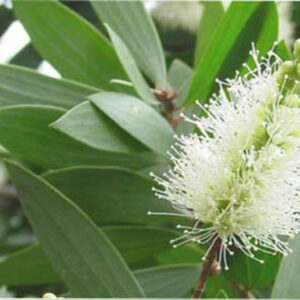Description
Artemisia Taurica Oil, commonly known as ‘Common Mugwort’ or ‘Common Wormwood,’ and occasionally referred to as ‘St John’s Plant’ (distinct from the more well-known St John’s Wort), belongs to the Asteraceae (Compositae) family. This plant features leaves that can grow up to 10 cm in length, while its overall height ranges between 1 and 2 meters.
Artemisia is found across Northern and Central Europe, Asia, and Africa, thriving primarily in uncultivated areas characterized by nitrogen-rich soils. Consequently, it is often harvested from challenging environments such as roadsides.
Despite being classified as a toxin, Artemisia Taurica is still utilized in aromatherapy. However, the dosages administered are very small. It is believed to have digestive stimulant properties and is sometimes used to induce menstruation. Additionally, it is employed to alleviate symptoms of depression and relieve tension.
In terms of flavoring, the leaves of Artemisia Taurica are sought after for their intense bitter taste, which is attributed to the presence of terpenoids and sesquiterpene lactones.
Medicinal use: Also known as Taurian Wormwood, has been traditionally used for its medicinal properties. It is believed to have antioxidant, antimicrobial, and anti-inflammatory effects. In traditional medicine, it has been used to treat digestive disorders, respiratory conditions, fever, and various skin ailments. Further research is needed to validate its therapeutic benefits.
Cosmetic use: It is valued in cosmetics for its potential skincare benefits. It is believed to have soothing and anti-inflammatory properties, which can help calm and balance the skin. It is used in skincare products to address issues such as redness, irritation, and sensitivity, promoting a healthier and more radiant complexion.
Aromatherapy use: Its herbal and earthy scent is believed to have calming and grounding effects on the mind and body. It is used in diffuser blends or diluted in carrier oils for relaxation, stress relief, and creating a harmonious atmosphere during aromatherapy sessions.
Interesting fact – It is native to the regions around the Black Sea, including parts of Eastern Europe and Western Asia. It has a long history of use in traditional medicine and folklore in these regions, showcasing its cultural and botanical significance in the area.






